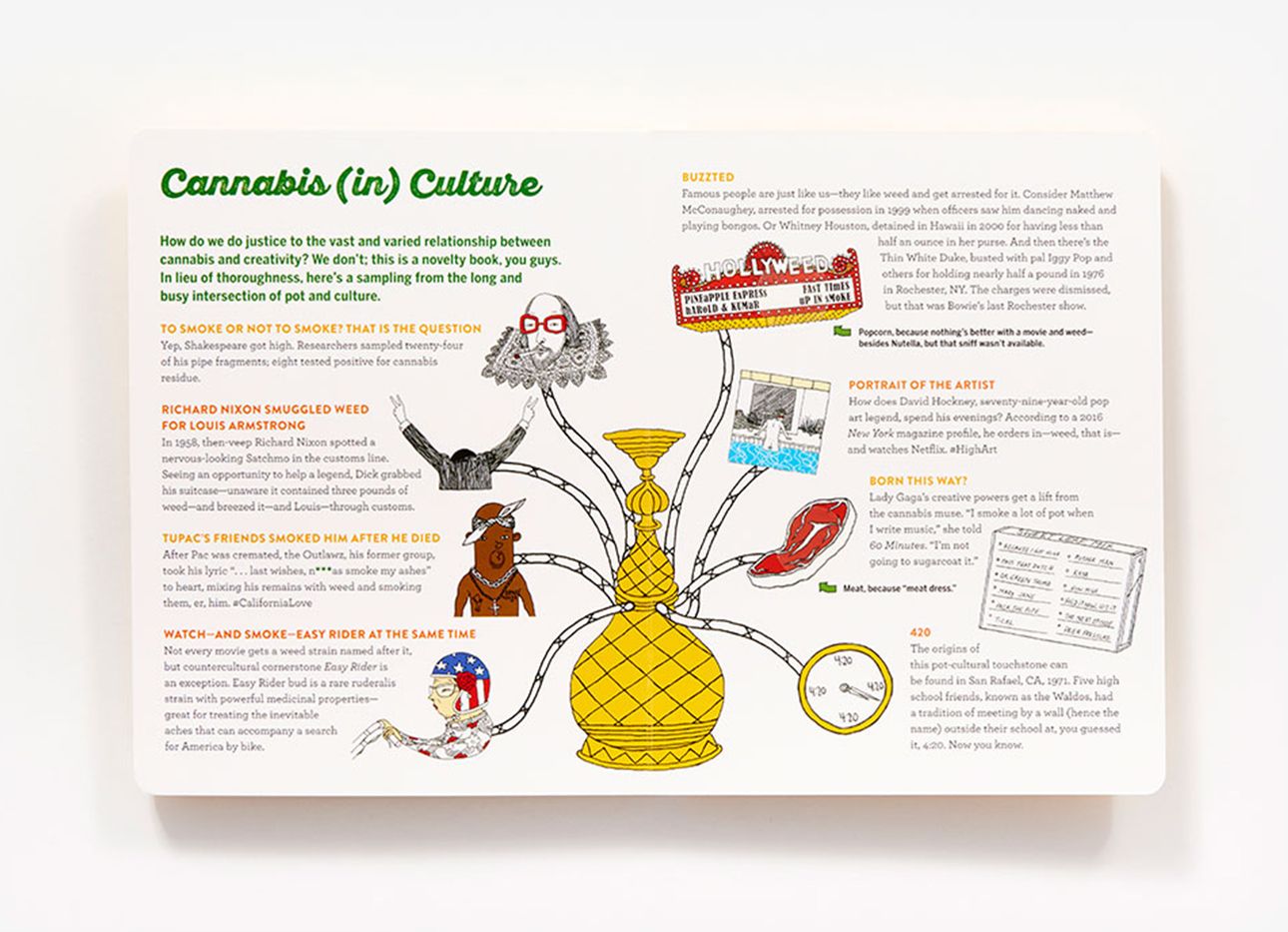
Illuminating Scratch-and-Sniff Books, Made for Grownups
Six decades ago, researchers at 3M and the NCR Corporation were looking for a more effective way of trapping ink inside tiny pockets on paper to improve the legibility of receipts and carbon copies. “Microencapsulation,” the method they devised, also functioned with scented oils that, when scratched, burst open, emitting their distinctive smells. The technique has since been used on stickers, stamps, and perfume-peddling magazine inserts. John Waters incorporated it into his 1981 film Polyester, when he distributed large cards that featured ten circular patches, laced with scents such as skunk and old shoes, for viewers to inhale during the movie.
Unlike those throwaway applications, scratch-and-sniff books have a long shelf life, inviting folks to scrape their surfaces time and time again. Some of the recent, most imaginative volumes target adults, and use smell to illuminate the multisensory elements of their subjects. Master sommelier Richard Betts, author of lighthearted guides to wine and whiskey, helps readers understand flavor through the scents of its aromatic pages, while co-authors Seth Matlins and Eve Epstein use the tactic to capture cannabis’s various sensations in The Scratch and Sniff Book of Weed. Other titles employ the strategy in more subtle ways. Scent in Context, a deep dive into the work of Belgian olfactory artist Peter De Cupere, disperses hidden scratch-and-sniff odors among its 400 pages. Our noses are particularly intrigued by a journal from the California publisher Knock Knock that pairs scented stickers with writing prompts—a clever way to stimulate users’ emotions, creativity, and memory.